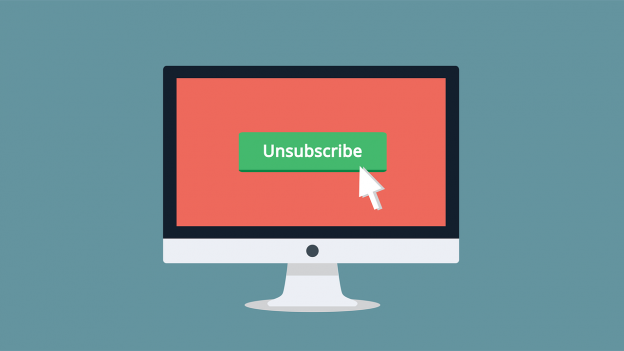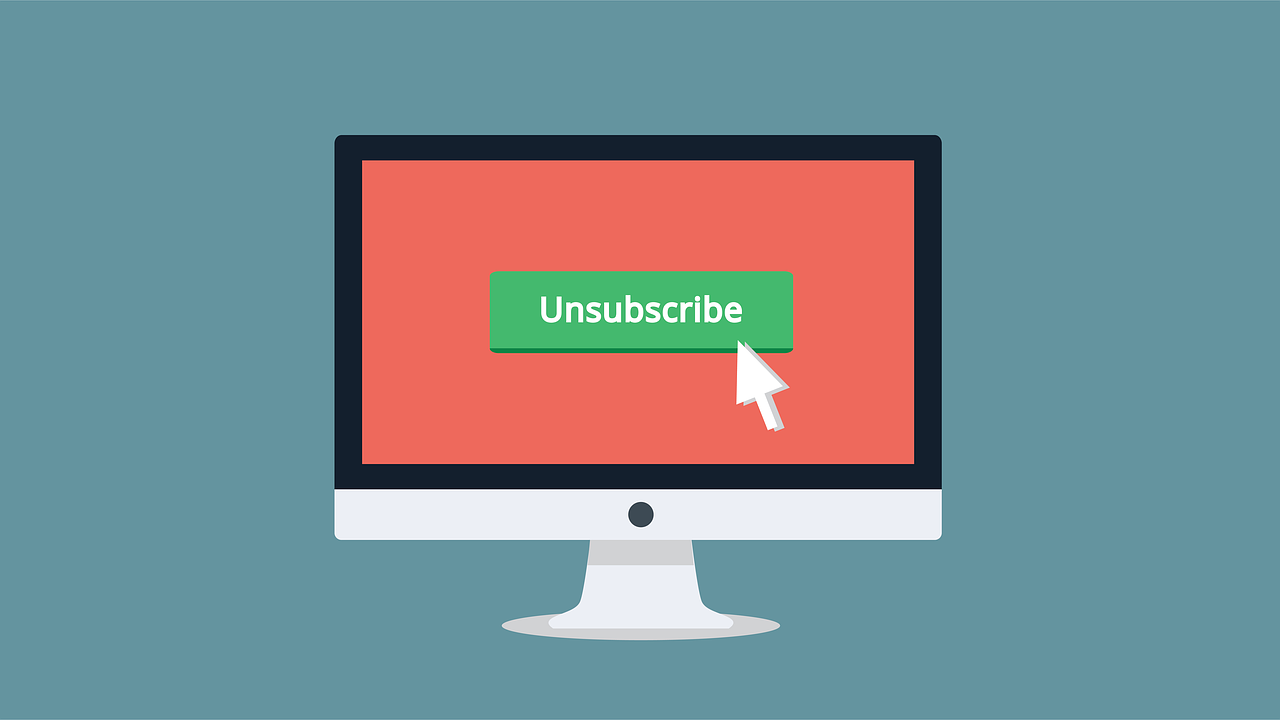In today’s digital age, email marketing has become a prevalent tool for businesses to reach their target audience. However, with the rise in the number of promotional emails flooding inboxes, many individuals are seeking ways to manage their inbox and limit unwanted messages. This article explores the email opt-out process, providing valuable insights and guidance on how individuals can effectively unsubscribe from mailing lists. Whether you are a business owner looking to establish a compliant opt-out process or an individual seeking peace of mind in managing your email subscriptions, understanding the email opt-out process is essential. Read on to discover the best practices and legal requirements surrounding this indispensable aspect of email marketing.
Email Opt-Out Process

Understanding Email Opt-Out
Email opt-out refers to the process through which recipients can choose to stop receiving marketing or promotional emails from a particular sender. It gives individuals the ability to exercise control over the messages they receive in their inbox. By opting out, recipients can manage their email preferences and reduce the clutter in their inbox.
It is important to differentiate email opt-out from email opt-in. While opt-out allows recipients to unsubscribe from future emails, opt-in requires explicit consent from individuals before they can be added to an email list. Opt-out serves as a consumer rights mechanism, ensuring that recipients have the freedom to decide which emails they wish to receive.
Importance of an Opt-Out Process
Building Customer Trust
In today’s digital landscape, trust plays a vital role in maintaining strong customer relationships. By providing a clear and accessible opt-out process, businesses demonstrate their commitment to respecting recipient preferences. This transparent approach fosters trust and enhances the overall customer experience.
Maintaining Regulatory Compliance
An effective opt-out process is not only important for building trust but also for complying with legal requirements. The CAN-SPAM Act, a U.S. federal law, mandates that businesses include a functioning opt-out mechanism in their marketing emails. Failure to comply with these regulations can result in significant penalties, making it crucial for businesses to prioritize an opt-out process.
Protecting Brand Reputation
A poorly executed email campaign that ignores opt-out requests can have a detrimental impact on a company’s brand reputation. By allowing recipients to easily opt out of promotional emails, businesses demonstrate their respect for individual preferences. This proactive approach safeguards brand reputation and helps prevent potential damage to the company’s image.
Legal Requirements for Opt-Out Processes
CAN-SPAM Act Compliance
The CAN-SPAM Act sets forth legal requirements for commercial email communications. It mandates that businesses must include a clear and conspicuous opt-out mechanism in their email messages. Additionally, the Act requires businesses to promptly process opt-out requests and ensure recipients are removed from future email campaigns.
Clear and Prominent Opt-Out Instructions
To ensure compliance with the CAN-SPAM Act, businesses must display opt-out instructions clearly and prominently within their emails. Typically, these instructions are placed at the bottom of the email, accompanied by a direct link or button that leads to the opt-out process. The language used should be straightforward and easy to understand.
Processing Opt-Out Requests
Once an opt-out request is received, businesses have a legal obligation to process it promptly. This includes removing the recipient’s email address from all future email campaigns. It is crucial to have an automated system in place to handle opt-out requests efficiently, ensuring compliance with legal requirements and minimizing the potential for human error.
Timeline for Opt-Out Processing
While the CAN-SPAM Act does not specify a specific timeline for processing opt-out requests, it is essential to handle them in a timely manner. Promptly acknowledging opt-out requests and removing recipients from future campaigns ensures compliance and prevents further unwanted communication. Establishing a reasonable timeline for opt-out processing helps businesses meet their legal obligations and maintain customer satisfaction.

Creating an Effective Opt-Out Process
User-Friendly Interface
To encourage recipients to opt out, businesses should design a user-friendly interface for their opt-out process. The interface should be intuitive and easy to navigate, allowing individuals to quickly and efficiently unsubscribe from email communications. A clutter-free design and clear instructions contribute to a positive user experience.
Accessible Opt-Out Links
The opt-out links within emails should be easily accessible. Recipients should be able to locate and click on the opt-out link without difficulty or frustration. Placing the link prominently, using contrasting colors or underlining the text, can help draw attention to the opt-out option and improve accessibility.
Streamlined Opt-Out Request Form
When opting out, recipients should encounter a streamlined and straightforward request form. Asking for minimal information ensures that the process is efficient and frictionless. Lengthy or complex forms may discourage recipients from completing the opt-out process, leading to potential frustrations and even non-compliance.
Confirmation and Follow-Up
After an opt-out request is submitted, it is essential to provide recipients with a confirmation message. This confirmation acknowledges their request and reassures them that they will no longer receive future email campaigns. Follow-up emails can also be sent to confirm the successful removal from the email list, reinforcing trust and validating the opt-out process.
Opt-Out Preference Management
Offering recipients the ability to manage their opt-out preferences can be beneficial. By providing a central platform where recipients can easily update their email preferences (opting in or out of specific types of content), businesses demonstrate a commitment to respecting individual choices. This flexibility enhances the user experience and may encourage recipients to stay engaged with future communications.

FAQs about Email Opt-Out Process
1. What is the purpose of an email opt-out process?
The purpose of an email opt-out process is to give recipients the choice to stop receiving marketing or promotional emails. It empowers individuals to control the messages they receive in their inbox, reducing clutter and enhancing their overall email experience.
2. Are businesses legally required to offer an opt-out option in their emails?
Yes, businesses are legally required to provide an opt-out option in their emails, according to the CAN-SPAM Act. This federal law mandates that commercial email communications include a clear and conspicuous mechanism for recipients to unsubscribe from future campaigns.
3. How should opt-out instructions be presented to users?
Opt-out instructions should be clearly and prominently displayed, typically at the bottom of the email with a direct link or button. The language used should be straightforward and easy to understand, ensuring recipients can easily locate and utilize the opt-out option.
4. Can businesses charge a fee for opt-out requests?
No, businesses cannot charge a fee for opt-out requests. The process of opting out should be free and easily accessible to recipients. Charging a fee or creating obstacles for opt-out processes would violate the principles of transparency and consumer rights.
5. What should businesses do after receiving an opt-out request?
After receiving an opt-out request, businesses should promptly process and acknowledge the request. This entails removing the recipient’s email address from all future email campaigns. Sending a confirmation message to the recipient, along with a follow-up email confirming their successful removal, helps maintain trust and ensures compliance with legal requirements.


